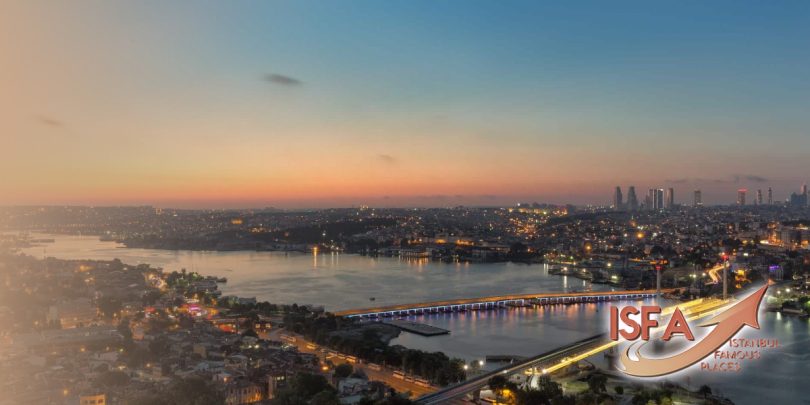Unveiling The Golden Horn: Istanbul’s Historic Harbor
The Golden Horn, or Haliç in Turkish, is a horn-shaped estuary that receives its water from two small streams and is located in the middle of Istanbul. It divides the European side of Istanbul seven kilometers from where the Bosphorus strait enters the city. Due to its convenient and protected location, Haliç has been a natural harbor for ships since ancient times. How come it’s known as Haliç, though?
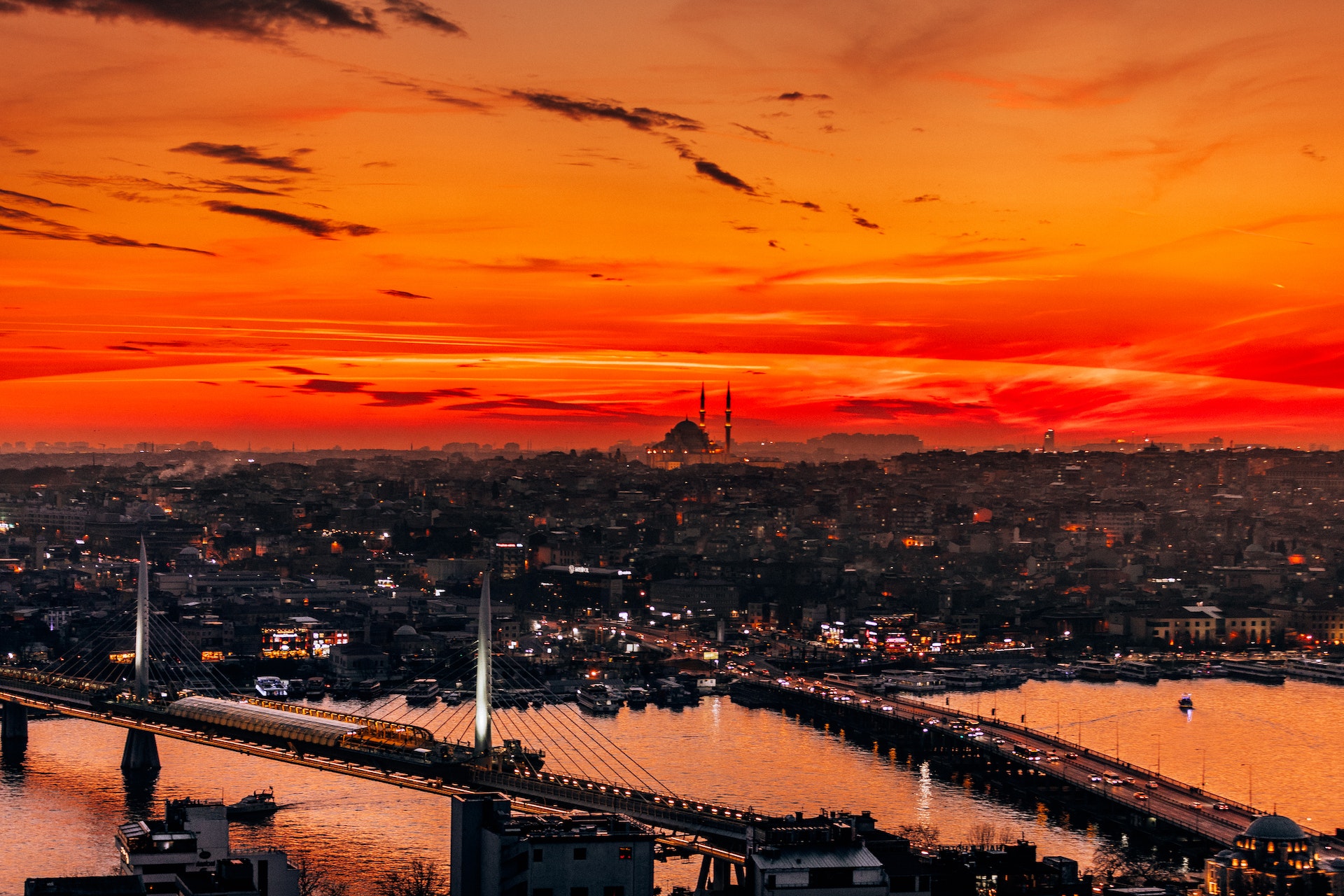
Future of The Halic
One of the most interesting geographic features of Istanbul is the Golden Horn natural estuary cuts through European Istanbul. It is a captivating part of Istanbul’s landscape thanks to its clear water, picturesque bridges, and historical significance. In this article, we’ll go in-depth about Istanbul’s Haliç, its historical significance, and its allure today.
Why is it called the Golden Horn?
The ancient Greek name “Chrysoceras” is thought to have been romanticized into the English term “Golden Horn.” This intriguing name has been the subject of several myths and legends. Some say it’s because the water turns a golden color at sunset. In contrast, others attribute it to the region’s long history of prosperity. The name “Golden Horn” fits this spectacular natural landmark regardless of its etymological roots.
The Role of the Golden Horn in World History
Why was Haliç significant? To find the answer to this puzzle, we must travel through time. Due to its strategic importance, Haliç has played a significant role in developing Istanbul (formerly known as Byzantium and Constantinople). Its natural harbor made it a haven from naval assault and a thriving commercial center for the city.
In addition, the Greeks who founded the city in the seventh century BC called the Golden Horn their home. Here, the Genoese and the Venetians established powerful colonies, and the famous Galata Tower was constructed.
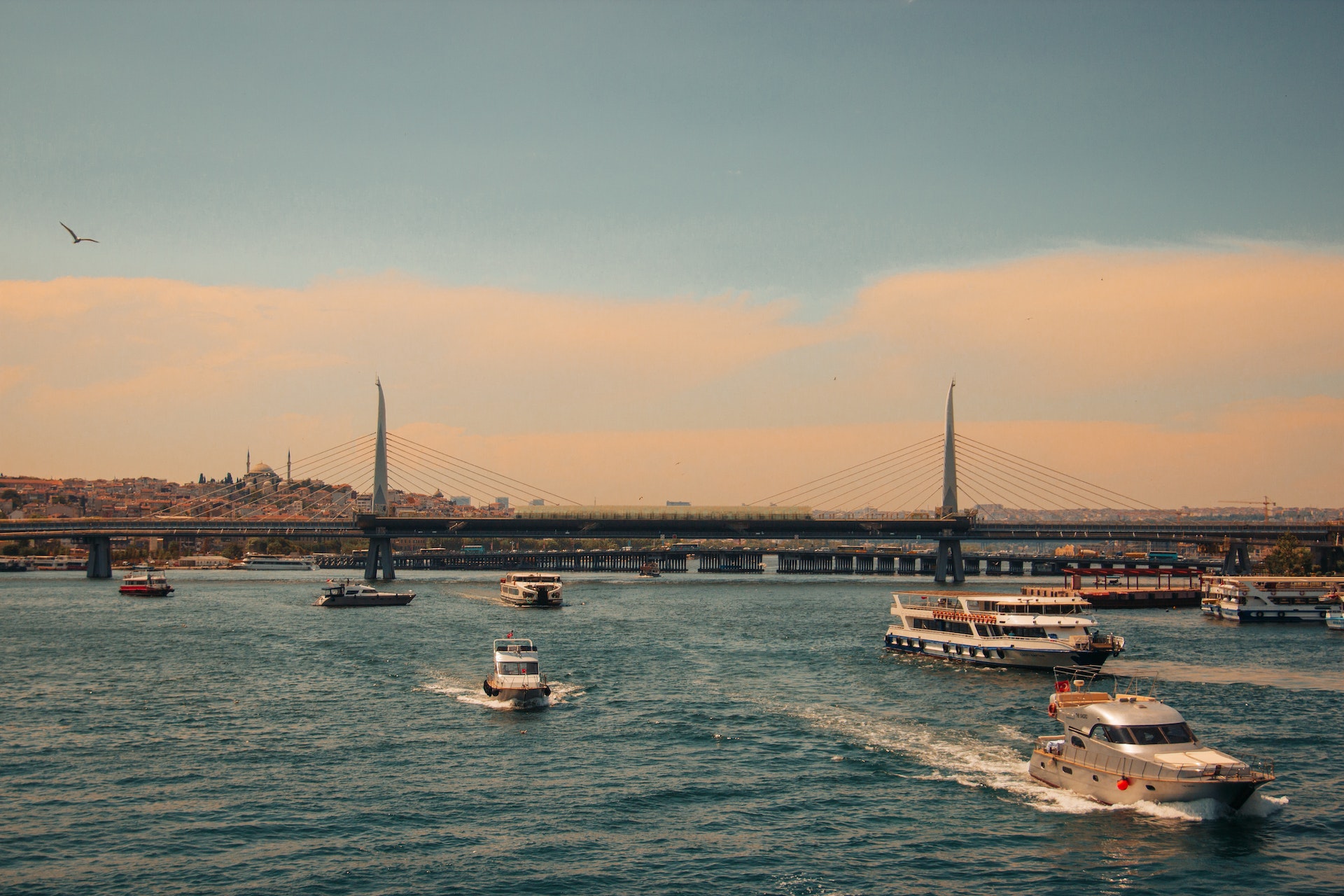
Tourist Attractions in the Golden Horn Area
Haliç symbolizes the city’s commitment to the arts and sciences. The Sultanahmet District, Istanbul’s historic core, is located on the city’s southern shores and features iconic landmarks like the Blue Mosque, Hagia Sophia, and Topkapi Palace.
Beyolu and Balat, both on the northern coast, are hubs of activity thanks to their eclectic blend of culture, art, and cuisine. Historic buildings, unique shops, and lively cafes fill the quaint side streets here.
The Halic Bridge
The Haliç Bridge is the most famous of the bridges spanning Haliç. This bridge, which links the Fatih and Beyolu neighborhoods, is a symbol of Istanbul’s ability to blend its ancient past with its modern present. Haliç Bridge is more than just a thoroughfare; it’s also a popular spot for fishing and exploring the cityscape.
Golden Horn Istanbul of Today
The Current Haliç Istanbul is a lively intersection of the modern and the ancient. Traditional boatyards and fishermen coexist with trendy cafes and recreational parks along the waterfront. Many of Istanbul’s most beloved festivals and events take place in Haliç, such as the annual Tulip Festival and the cultural exhibitions hosted by the Haliç Congress Center.
With a focus on enhancing water quality, restoring historic buildings, and promoting cultural tourism, efforts have been made in recent years to revitalize Haliç. Haliç is a thriving part of the city’s cultural landscape, and its residents will soon be able to enjoy the fruits of their labor in various ways.
Where is the Halic Located?
The Haliç separates the European and Asian halves of Istanbul. It begins in the northeast by the Bosphorus Strait and continues far inland. Several of Istanbul’s most significant neighborhoods—including Fatih, Eminönü, and Beyoglu—line its shores.
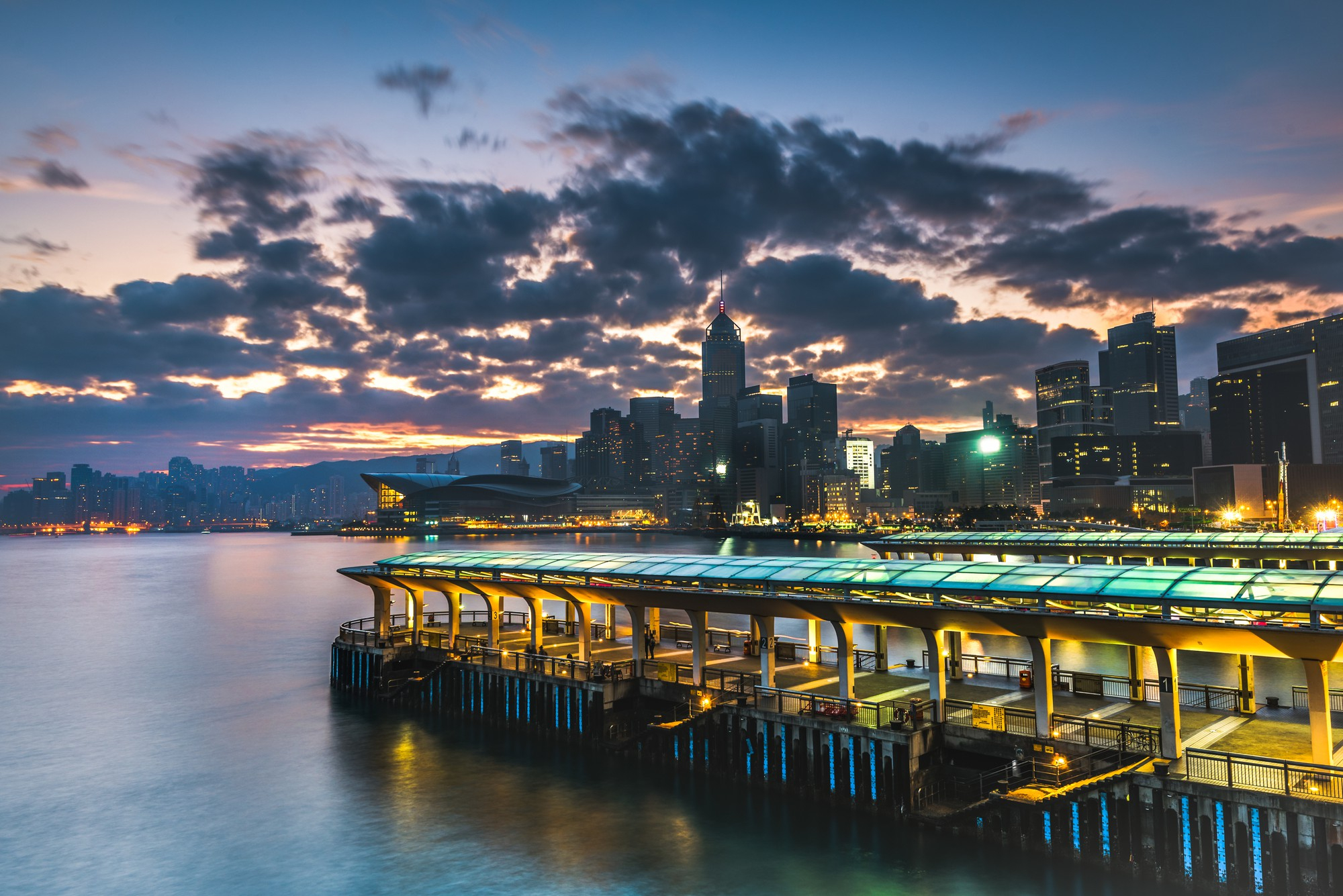
Why the Golden Horn Will Always Be a Hit
The Haliç is a cultural icon as well as a physical landmark. It represents the cultural diversity of Istanbul and is a vital part of the city’s daily life. The importance of Haliç has increased over the centuries, from its original function as a defensive harbor to its modern function as a center for culture and recreation.
Whether crossing Haliç Bridge over the water or just taking in the sunset over the Bosphorus, the allure of Istanbul’s Haliç is undeniable. It’s where two continents meet, and the spirit of Istanbul comes alive, where the past and present coexist.
If you ever find yourself in Istanbul, you must stop by Haliç and take in its splendor. Visit its historic landmarks, immerse yourself in its thriving culture, and get lost in the fascinating tales it has to tell. After all, the Haliç, the beating heart of Istanbul throughout the ages, must be seen to be believed.
The Golden Horn Is a Breathing, Experiencing Museum
Haliç in Istanbul is like a walking museum, filled with fascinating artifacts from the city’s past and stunning examples of its cultural and architectural legacy. Haliç is a veritable tourist’s paradise, with attractions ranging from the Eyup Sultan Mosque and Pierre Loti Hill on its western edge to the Byzantine Walls lining its southern coast.
Strolling Along the Shores of the Halic
From the Golden Horn’s banks, sightseers can take in Istanbul’s remarkable fusion of the ancient and modern. Promenades along the water in Balat and Fener, in particular, are full of historical significance thanks to their abundance of wooden Ottoman houses, Byzantine structures, and endearing antique shops. The history of this place is written in the crumbling stone sidewalks and the patina of the old buildings.
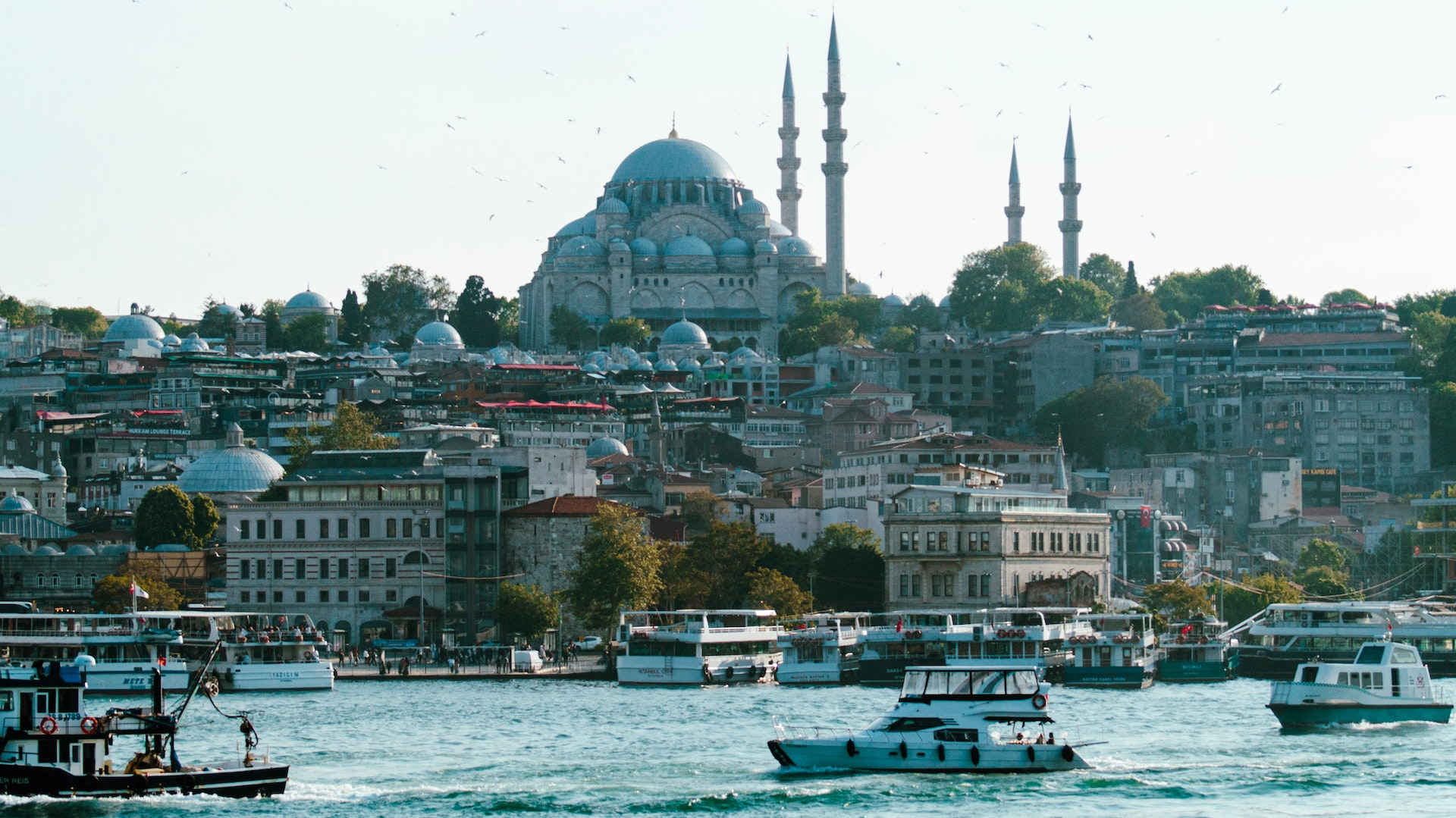
The Golden Horn: A Vibrant Patchwork of Daily Life
Culture, cuisine, and experiences abound around Haliç. Haliç is a symbol of the city’s commitment to its residents’ well-being. The area has become a hub for creatives of all stripes, including native-born citizens, newcomers, and the bohemian set.
Commercial and Financial Hub in the Halic
It is impossible to overstate the significance of the Haliç as a commercial center throughout history. Because ships could safely anchor in its harbor, Istanbul became an important Silk Road trading hub. Today, the Haliç is still a central shopping district in Istanbul, with bustling bazaars like the Spice Bazaar selling everything from rare spices to authentic Turkish treats.
Spirituality Along the Golden Horn
Haliç is more than a center of trade and entertainment; it is also a place of profound religious significance. Surrounding the estuary are some of Istanbul’s most highly respected mosques and churches. Haliç is a spiritual refuge for many, from the magnificent Eyup Sultan Mosque, a key site of Islamic pilgrimage, to the Church of St. Stephen of the Bulgars, a testament to the region’s religious diversity.
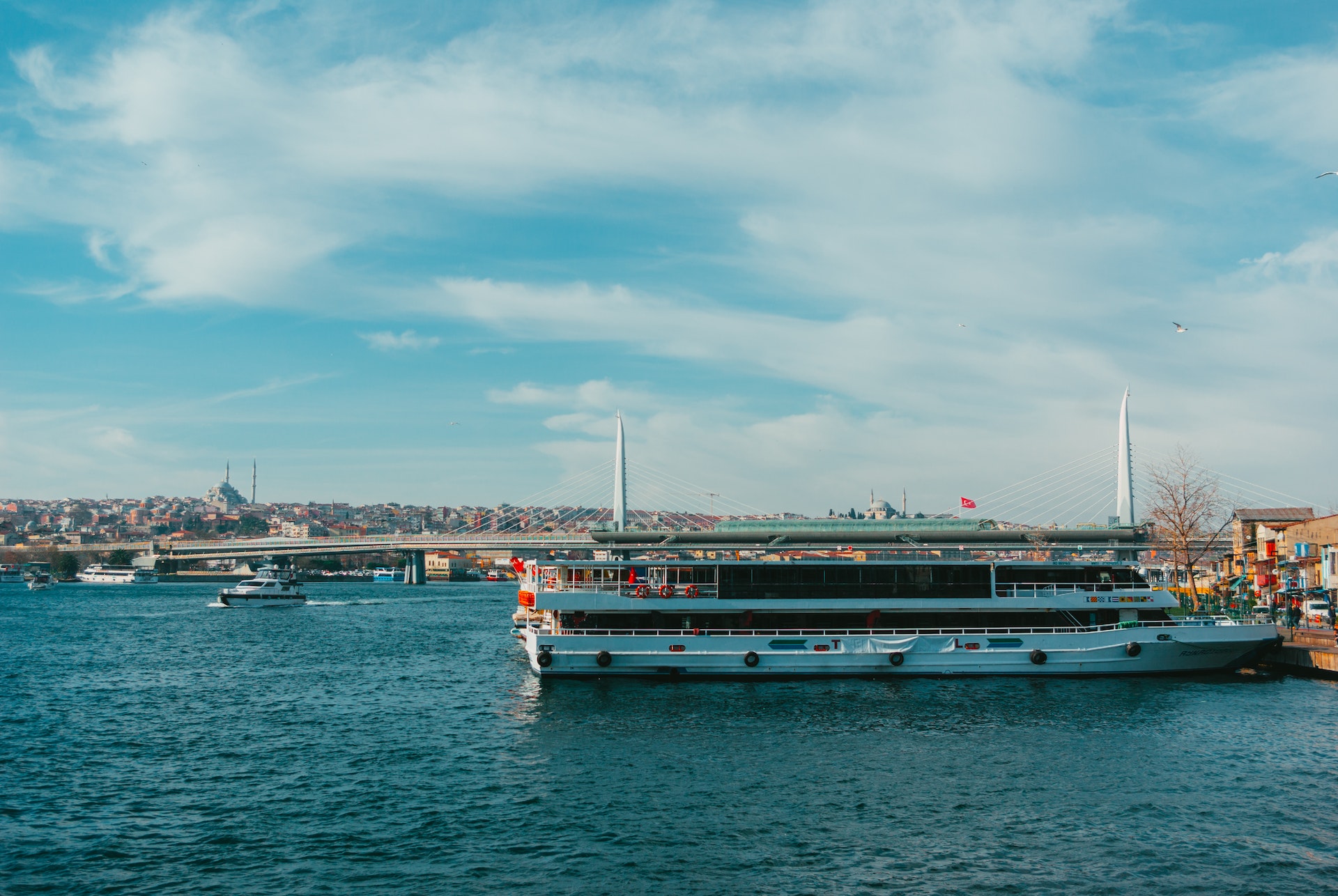
Ecology and Conservation of the Golden Horn
The ecology and preservation of Haliç have received fresh attention in recent years. In order to clean Haliç and return it to its former glory after decades of industrial pollution, a restoration project was launched in the late 20th century. The area is now an example of Istanbul’s dedication to environmental protection and sustainability.
As a result of its significance to Istanbul’s history, culture, commerce, and natural beauty, Haliç deserves special mention. It’s been everything from a haven and bustling trading hub to a crossroads of cultures and a spiritual guiding light. It is the spiritual and physical center of Istanbul.
One can experience the true essence of Istanbul by admiring the view from Haliç Bridge, wandering through the city’s historic neighborhoods, or browsing the bustling markets. The allure of Istanbul, its glorious past, thriving present, and bright future, is captured in the Haliç’s waters and shores.

